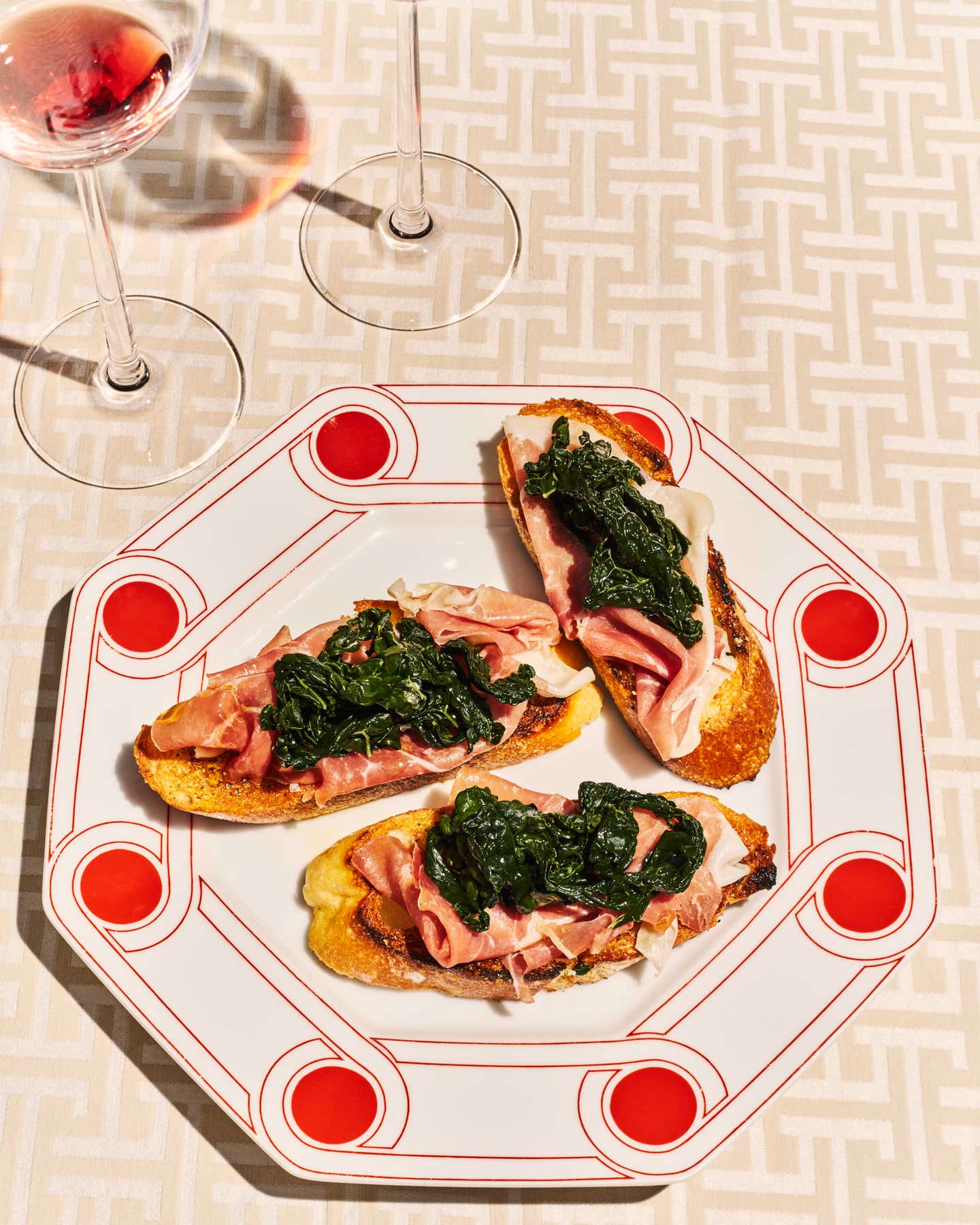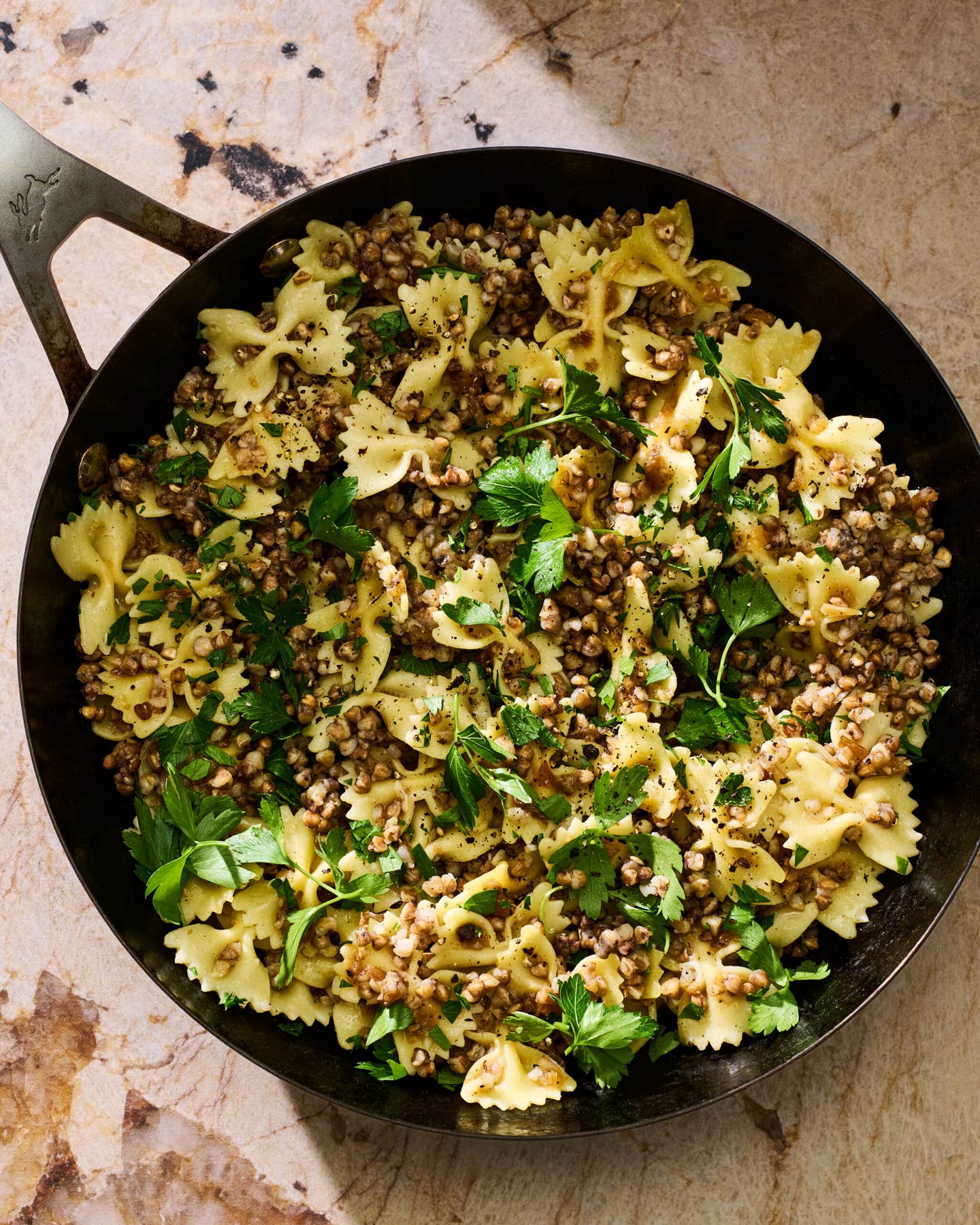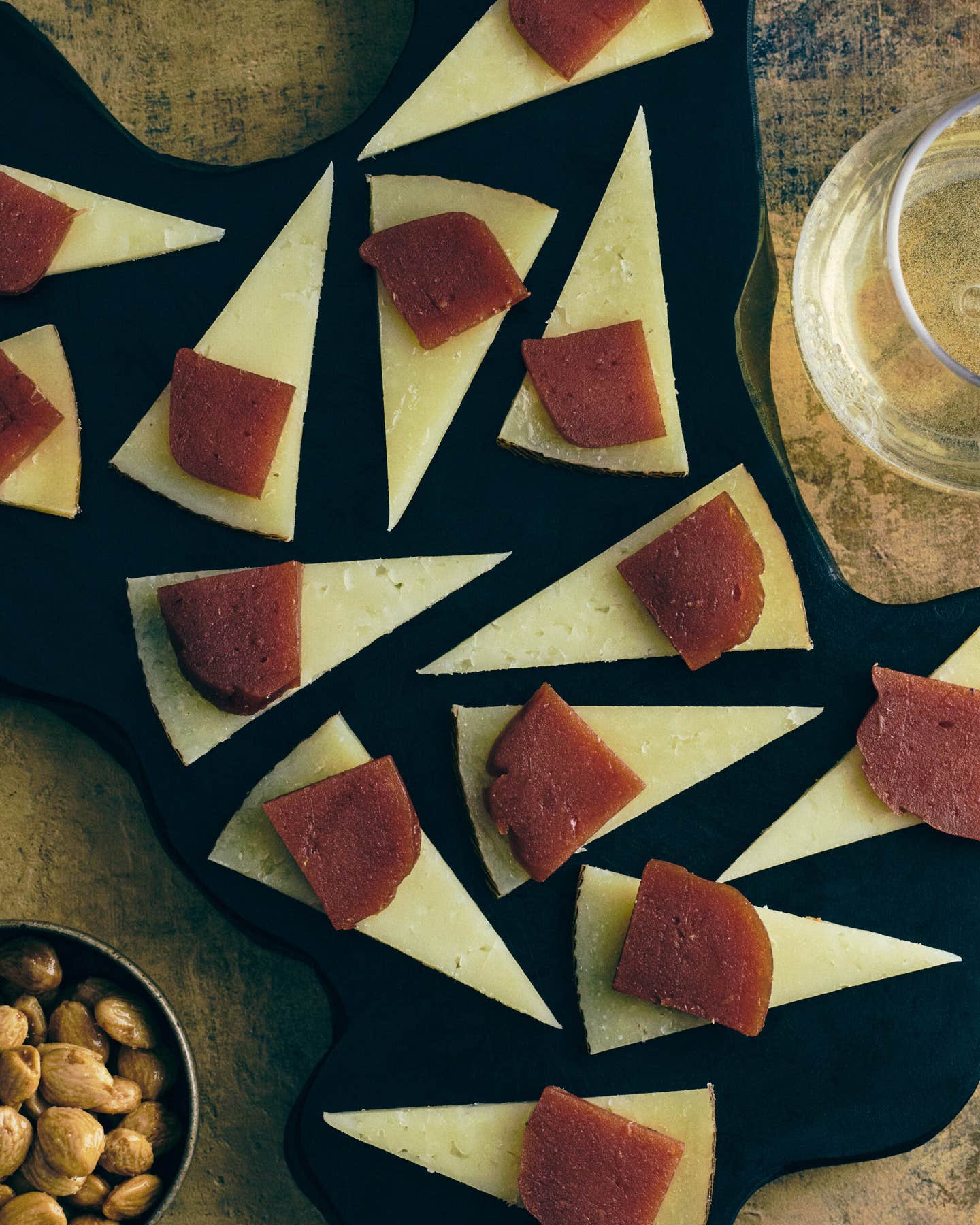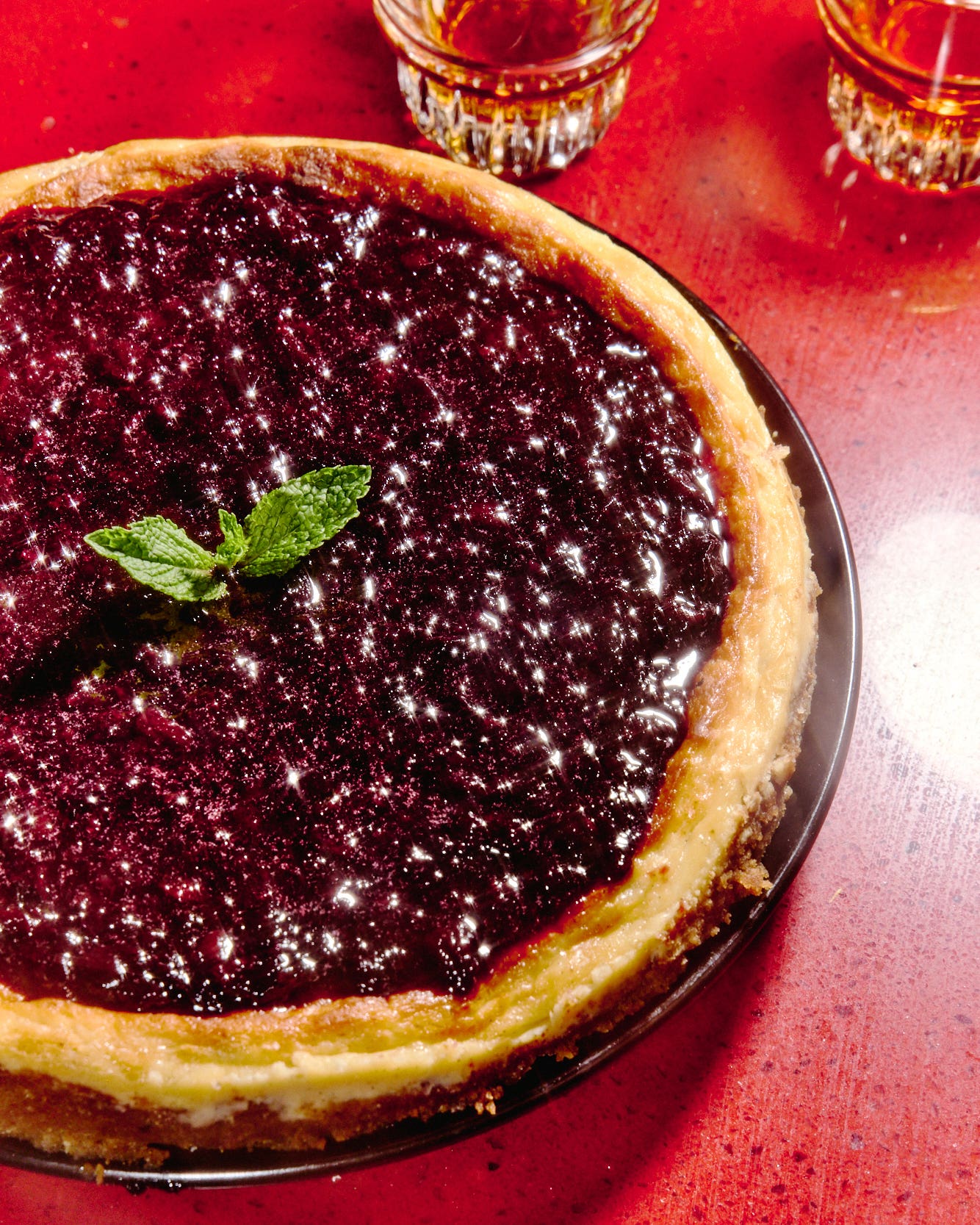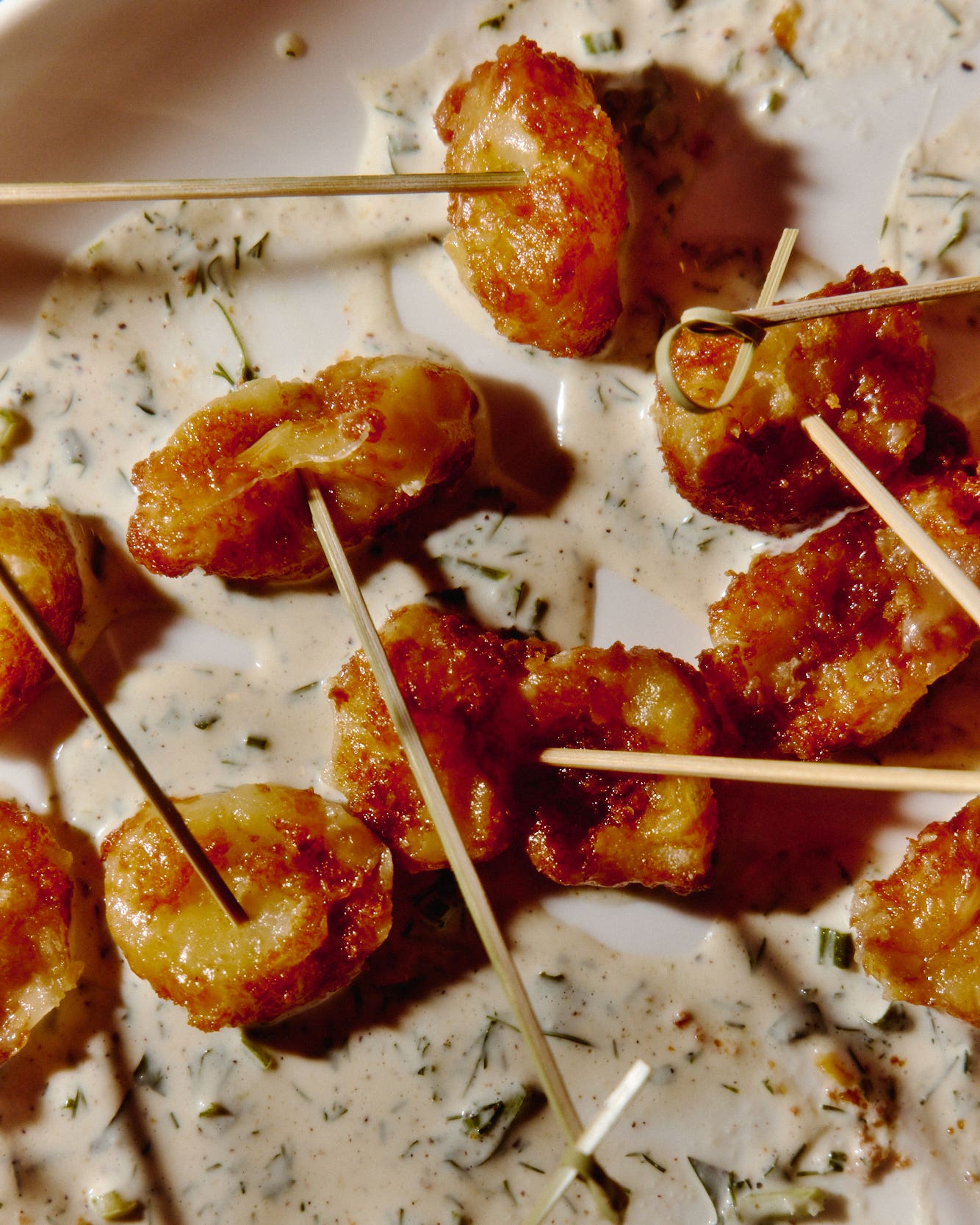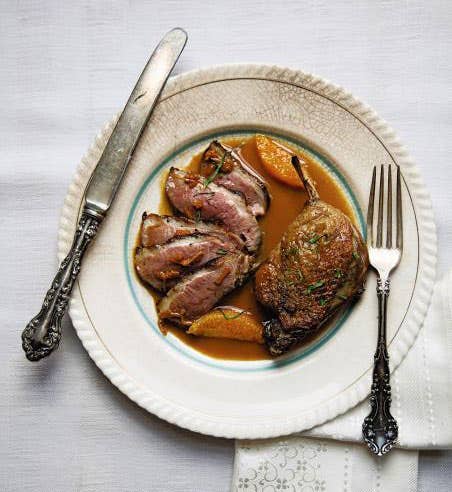
"The culinary equivalent of flared trousers." This was the dire pronouncement passed upon a plate of duck a l'orange by the British chef Gordon Ramsay back in 2005, on an episode of his reality-TV show Ramsay's Kitchen Nightmares. It was a cheap shot. True, a spike in the dish's popularity a generation ago yielded plenty of regrettable renditions. But duck a l'orange—a really good one, with crisp skin, succulent meat, and a velvety citrus sauce that tastes like concentrated sunshine—is a thing too delicious to succumb to the vagaries of fashion.
Indeed, the union of bright, zesty orange with rich duck has retained its appeal (the occasional naysayer notwithstanding) across cultures, continents, and time. The Italians frequently attempt to take credit for inventing the dish and exporting it to France in the 16th century, but less partial sources confirm that some version of roasted duck flavored with oranges was served in both France and Italy long before that. Beginning in the ancient period, likely in Persia, the combination of roasted meats with cooked fruits, and of savory with sweet and sour flavors in a single dish, fanned outward from the Middle East through North Africa and across western Europe.
Why, then, do we think of this dish as belonging to France? The French have, for one thing, proven themselves masters at promoting their national cuisine. Beginning in the 17th century—particularly during the reign of Louis XIV, who matched his imperial ambitions with a determination to establish French art, fashion, and cuisine as the finest in the world—a boom in cookbook publishing disseminated recipes for French dishes, including duck a l'orange, far and wide. A great culinary revolution was simultaneously under way in France, one that eschewed the heavily spiced, sweet-sour dishes of the past in favor of subtler, herbed and butter-lavished preparations. Canard a l'orange was one of the few medieval-style, fruit-sauced roasted meat preparations to survive the shake-up, but only with the addition of a generous amount of butter to the sauce. Thus updated, the dish claimed its place in the haute cuisine canon at the very moment it was being established.
That style of classical French cooking would prove remarkably exportable in the decades to come, and duck a l'orange would become an emblem in kitchens around the world of a particular brand of culinary savoir faire. The French chef Marie-Antoine Careme prepared it in the courts of the English Prince Regent and Czar Alexander I of Russia in the early 19th century, only he called it canetons a la bigarade. A caneton is a duckling—the younger the better when it comes to this dish, many chefs say—and bigarade is the French name for the bitter Seville orange, which makes a beautiful, fragrant sauce with a sour edge that cuts right through the richness of the duck meat. As the Seville orange has a very short season, usually falling between December and February depending on what part of the world you're in, cooks have found ways to approximate the fruit's gutsy sourness during the rest of the year, often by combining sweet orange juice with tarter lemon or lime juice, or vinegar.
By the time disciples of Julia Child were turning out faithful renditions of duck a l'orange in the 1960s, a backlash was brewing. The dish was featured regularly, almost relentlessly, on dinner party and restaurant menus alike throughout that period. The extravagant version served by the chef Rene Lasserre at his namesake Paris restaurant became so iconic that to this day his recipe, which calls for no fewer than three fruit liqueurs (orange, mandarin, and apricot), is the one provided in the French culinary encyclopedia Larousse Gastronomique. Restaurant Lasserre was (and remains, nearly seven decades after its opening) an unabashedly old-fashioned place, all plush upholstery and heavy sauces, and it was precisely this opulent, artery-clogging style of dining that the French chefs at the vanguard of nouvelle cuisine began reacting against in the early 1970s. By 1976, writer Marcia Davenport would even suggest, in the New York Times, that "French chefs who hated and wanted to mock their employers must have devised duckling bigarade, an abomination." Ouch.
Like the throngs who still descend on Lasserre and other temples of haute cuisine demanding their canard a l'orange, I've never stopped loving this dish, and I'm particularly attached to the foolproof version provided by the cookbook author James Peterson in his book Glorious French Food (John Wiley & Sons, 2002). Whereas French chefs typically use bigger, meatier breeds of duck such as Nantes and Barbary, Peterson writes that "we Americans seldom have access to ducks that are suitable for roasting." The variety most widely available to cooks in the United States is the pint-size Pekin (a k a Long Island) duck, which carries an especially thick layer of fat just underneath the skin that must be rendered out thoroughly during cooking, or else you end up with one greasy bird. If you're roasting a Pekin duck whole, you'll often find yourself with overcooked breast meat by the time enough fat has rendered out of the legs to leave them tender and succulent.
To avoid this problem, Peterson suggests cooking the breast and the legs separately. After scoring the breast to expose as much of that fatty layer as possible to the heat of the pan, a dry saute over medium heat allows the fat to render out, the skin to crisp and brown, and the meat to cook until just medium rare. Perfect. And a nice long braise in chicken or duck stock makes for luscious leg meat, with a quick broil in the oven just before serving to crisp the skin.
This recipe (see Duck a l'Orange) was adapted from Peterson's, which is elegant and economical in its application of classical technique to the challenge of achieving maximum flavor with the ingredients at hand. Don't have a saucier in your kitchen, turning out batches of veal demi-glace that you can use as the base for your sauce a l'orange? Simply use the flavorful liquid left over from braising the duck legs and carcass as your sauce's base. Strain that and combine it with orange juice, a little sugar, orange zest, and a splash of sherry vinegar, let it thicken on the stove, and then mount in butter at the end. The result is tangy and rich, subtle and robust all at once, a sauce that even Louis XIV—or a cantankerous 21st-century celebrity chef, for that matter—couldn't possibly quibble with.
Keep Reading
Continue to Next Story
